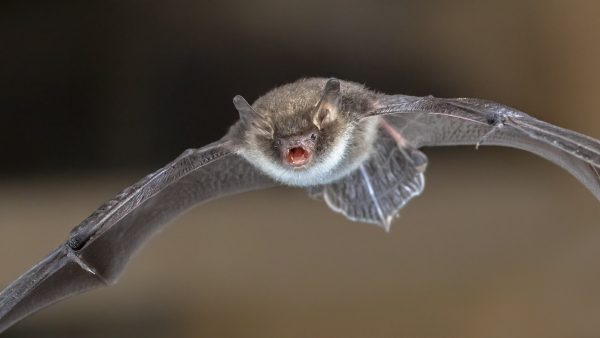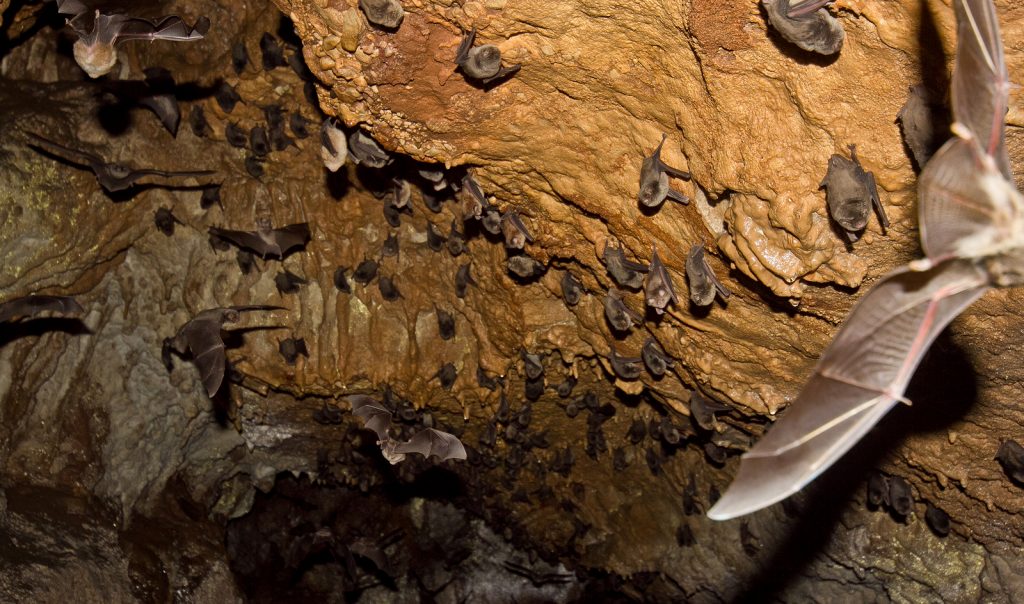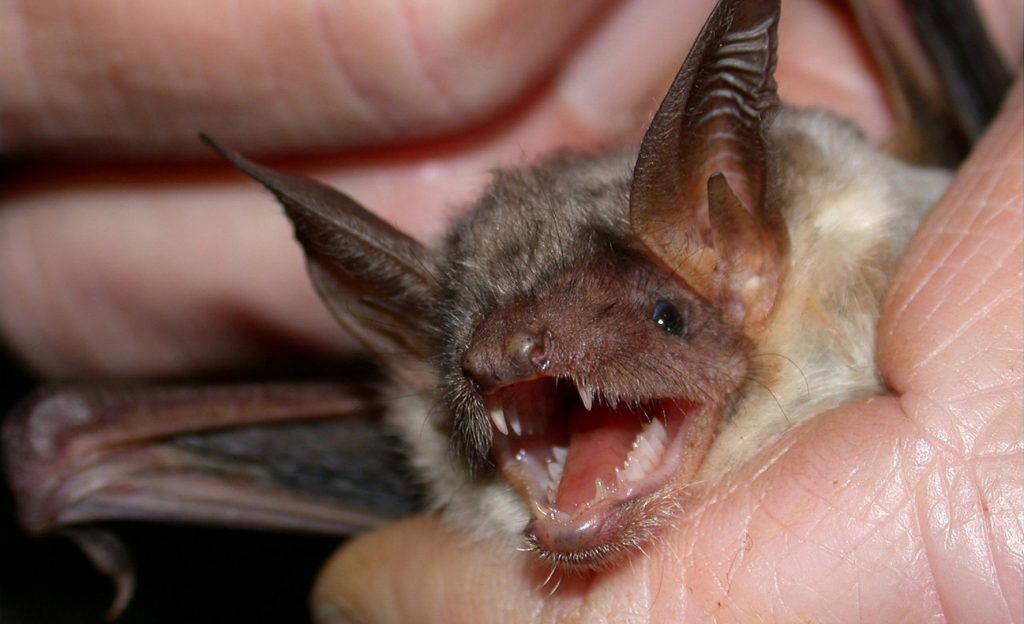Whether you are just a lover of nature and wildlife, or you have noticed some frequent bat activity around your property, you could certainly benefit from learning about the bat species. Not only can this help you better understand their ecological importance, it can give you the information necessary to resolve a bat infestation or nuisance bat problem.
Continue reading to learn everything you need to know about bats.

Bat Removal and Control 317-535-4605
Scientific Classification
Bats are mammals. Interestingly, they the only mammals capable of flying. Bats have wings strikingly similar to that of human hands, except they have elongated fingers webbed together by a stretchy membrane. This makeup is what allows them true flight. Although many other animals can float, soar, or drift on air currents, bats can truly fly, just a like birds!
General animal classification is broken down into Kingdom, Phylum, Class, Order, and Suborder. As for bats, they are part of the Animal Kingdom, the Chordata Phylum, the Mammalia Class, and the Chiroptera Order. As for bats, they are classified under the Chiroptera Order, which is then categorized under two suborders, Megachiroptera and Microchiroptera. From there, bats are further categorized into nearly 200 genera, and then again into the 900+ species discussed earlier.
A recent change now has the Microchiroptera suborder contains 16 families, and is now more commonly referred to as the Yangochiroptera or Vespertilioniformes suborders, excluding the Rhinopomatidae and Rhinolophidae superfamiles. Its classification can be further broken down into 7 Superfamilies, which consists of Emballonuroidea, Rhinopomatoidea, Rhinolophoidea, Vespertilionoidea, Molossoidea, Nataloidea, and Noctilionoidea.
Diet
Bats are like nature’s pest control, because 70% of bats consume insects for meals. There are alternatives to protein rich insects, like fruits, nuts, and nectar. Other species of bats dine on these foods depending on the region they are from. There are a small population of bats that consume small prey like birds, frogs, fish, and lizards. One popular and well-known bat that does this is the South American Vampire Bat.
Regions and Natural Habitat
There are over 900 species of bats world-wide, which makes up a quarter of all mammals on the planet! With the exception of super cold Polar Regions and hot deserts, bats can be found almost anywhere in the world. Their populations, however, range from millions to dangerously declining numbers. Because bats are tiny, conservative, and nocturnal, they can be perceived as rare mammals. Many bats, closer to domestic and urban society, prefer to dwell in attics, abandoned mine shafts, barns, and caves. Others make their home on hollow trees, rock cavities, and other shelters that keep them safe from predators and fluctuating weather conditions because it gives them seclusion for breeding their young.
Breeding and Reproduction
The average gestation period for a microbat is around six months, or 40 days. This is longer for larger bats. The size of the litter is much similar to humans. There is usually one pup that is birthed, but in some cases there can be two or more. Taking into consideration the size of the bat, they are among the slowest breeders on earth. At birth, a baby bat can weigh up to a quarter of the mother’s size; this would be like a human having a 30 pound baby. Female bats care for the young as they grow stronger and capable of fending for themselves.
Average Span of Life
Mortality is fairly high among young bats. They are prone to falling out of nests in high areas, and incapable of returning to the safety of the nest. In other instances, parasites and disease is the reaper of small and young bats. But, if bats can dodge these unforgiving circumstances, they can actually grow rapidly and learn to fly within three weeks of their life! Bats can live long lives, sometimes up to 20 years or more!
Nuisance Bats
If you find a bat in the attic, house, yard, or other area of your property, it is strongly recommended to contact a local Indianapolis bat removal and control company for professional assistance. Never attempt to touch, trap, catch, or kill a wild bat. This means it is not a good idea to keep them as a pet either. Although bats are highly advantageous to our surrounding Eco-systems by controlling mosquito populations and pollinating forests, they are also dangerous to humans and pets, and should never be handled by an untrained individual under any circumstances.
Indianapolis Bat Removal and Control

Indiana Bat Removal
317-535-4605
for professional, DNR licensed
bat removal and control in Indianapolis and Central Indiana. We provide safe and humane solutions for nuisance bat problems on residential and commercial properties. Our DNR licensed contractors provide bat removal, bat proofing, bat cleanup, emergency service, and restorations for bat damages. Call 317-535-4605 to request a free estimate for Indianapolis bat removal and control, today.




